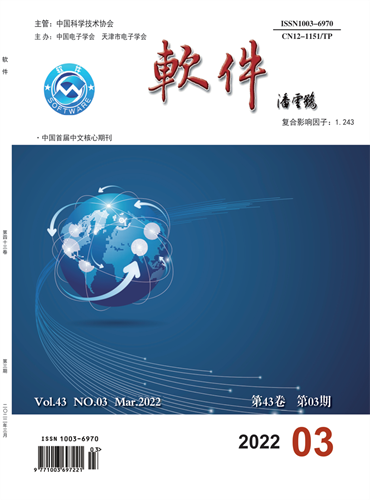Experiences with object oriented model-driven development
引用次数: 9
Abstract
Model-driven development finds its origin in a reframed version of Zachman's (1987) Information Systems Architecture. This framework recognises levels of abstraction, which is not the same as levels of detail, in the systems development process. If the model-driven approach is applied in addition to object oriented analysis concepts, significant benefits are to be expected on the side of maintenance cost. Indeed, one of the main benefits of the model-driven development process is the perfect modular structure of the developed systems. This facilitates maintenance dramatically. However, in order to prove such a statement it is necessary to wait until sufficient experience is gained in the maintenance of systems developed according to this approach. M.E.R.O.DE. is an object oriented development based on two principles: model-driven development and specification by contract. The method was developed around 1988 and has been used by customers since 1991. The paper presents the result of a small scale and informal inquiry amongst the M.E.R.O.DE, users. As many systems they developed have been subject of maintenance, their experiences should allow one to asses or reject the hypothesis that model-driven development facilitates maintenance dramatically. Although the results presented pertain to one particular method, the model-driven approach can be adopted by users of any object oriented analysis method.具有面向对象的模型驱动开发经验
模型驱动的开发在Zachman(1987)的信息系统架构的一个重新定义的版本中找到了它的起源。该框架识别系统开发过程中的抽象层次,与细节层次不同。如果除了面向对象的分析概念之外,还应用了模型驱动的方法,那么在维护成本方面可以预期显著的好处。实际上,模型驱动开发过程的主要好处之一是已开发系统的完美模块化结构。这极大地方便了维护。然而,为了证明这种说法,必须等到在维护根据这种方法开发的系统方面获得足够的经验。M.E.R.O.DE。是基于两个原则的面向对象开发:模型驱动开发和契约规范。该方法是在1988年左右开发的,自1991年以来一直被客户使用。本文介绍了在M.E.R.O.DE用户中进行的小规模非正式调查的结果。由于他们开发的许多系统都是维护的对象,他们的经验应该允许人们评估或拒绝模型驱动的开发极大地促进维护的假设。尽管给出的结果属于一种特定的方法,但是模型驱动的方法可以被任何面向对象分析方法的用户所采用。
本文章由计算机程序翻译,如有差异,请以英文原文为准。
求助全文
约1分钟内获得全文
求助全文
来源期刊
自引率
0.00%
发文量
11857
期刊介绍:
Computer engineering & Software, founded in 1979, is an academic journal of information technology sponsored by China Association for Science and Technology and China Institute of Electronics and Tianjin Institute of Electronics.
Computer engineering & Software has columns such as expert Forum, Fund project papers, software and database technology research, application technology and research, network and communication, image processing and application, multimedia technology application Artificial intelligence and recognition.
Computer engineering & Software is the source Journal of China Academic Periodical Comprehensive Evaluation Database, the Journal of China Core Periodical (Selection) Database, the source journal of Peking University's Chinese Core Periodical Overview (the first edition in 1992), the Journal of Wanfang data-Digital Periodical Group full-text Collection, the Journal of Chinese Science and Technology Periodical Database (full-text edition), and Wave Journals included in the "Copernicus Index" have been included in the United States "Cambridge Scientific Abstracts", the United States "Uhlig International Journal Guide", the JST Japan Science and Technology Promotion Agency database (2018) and other Chinese and foreign databases.

 求助内容:
求助内容: 应助结果提醒方式:
应助结果提醒方式:


